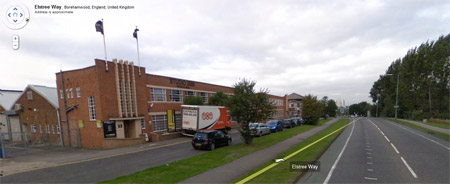Google has this week expanded its controversial Street View mapping service with a mass of new imagery that now encompasses more than 95 per cent of the nation's roads.
Street View, launched in the UK in March 2009, originally provided 360-degree views of the streets in just 25 of Britain's cities. The data added earlier this week makes a further 210,000 miles of street imagery available to the public.

Google's imagery is captured by cars sporting cameras mounted to the roof. Routes unaccessible via car - such as York's Shambles, winner of the inaugural Google Street View Awards - are pictured using specially-made Google tricycles dubbed "Trikes".
However, despite emphasising that its images are "no different from what you might see driving or walking down the street", Google continues to face criticism from both privacy campaigners and UK residents.
John Neale, who lives in London Road, Broughton, on the outskirts of Milton Keynes, told The Telegraph that Street View is "an invasion of privacy".
"These photos are looking over your fences and walls - it's an intrusion and I'm not sure it's a necessity," said the 76-year-old retired builder.
Residents of London Road had protested the Google service back in 2009, and have now shown their frustration at the expansion of the Street View imagery.
"What really gets me is people have to opt out of being on it when they should have to opt in. A lot of older people without the internet are unaware that they are able to opt out of this," adds Edward Butler-Ellis, a 28-year-old Tory councillor who led the protests in Broughton.
However, contrary to the numerous isolated complaints, the UK's Information Commissioner's Office (ICO) has ruled that Google's Street View is legal, adding that the service's privacy tools are sufficient.
Street View makes use of face-recognition technology to automatically blur people's faces and car registration plates, and the services allows users to request the removal of an image that contains "inappropriate content" or any image that "features the user, their family, their car or their home".
In 2009, Sir Paul McCartney famously had images of his multi-million-pound London home removed from Street View.
The service now provides comprehensive coverage of many European countries, including Britain, France, Italy and Spain.













